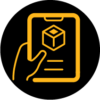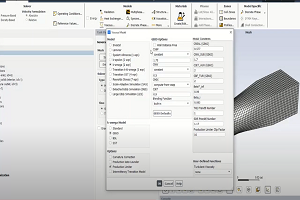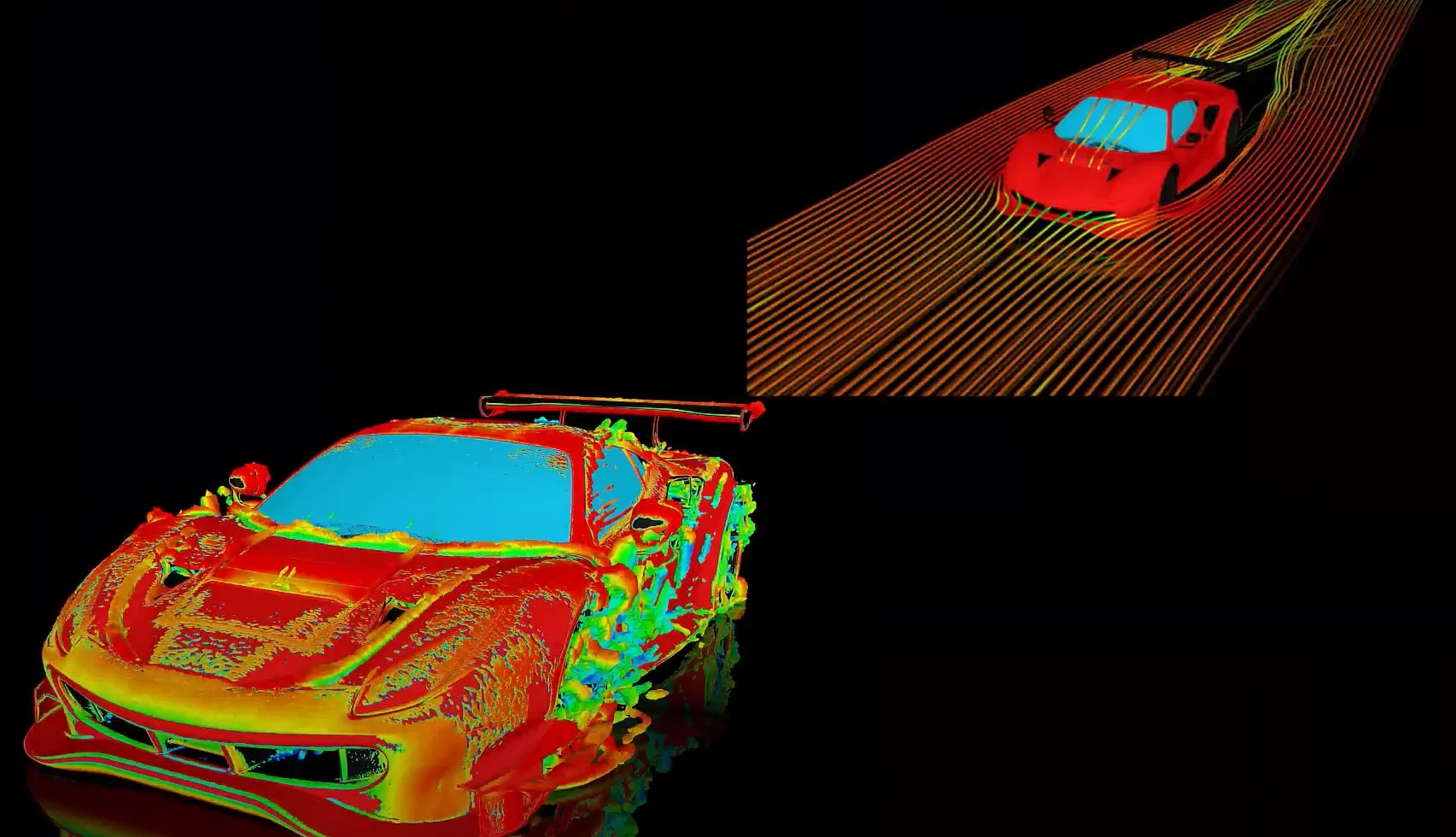How does the setting “Invariant in X” etc. work for the Design Tool vertex motion defined in Region Conditions?
Tagged: ansys-fluent, Fluid Flow Optimization
-
-
June 6, 2022 at 8:32 am
 FAQParticipant
FAQParticipantThere is one section for each motion direction, i.e. “X Motion”, “Y Motion” and “Z Motion”. For each direction the motion can be enabled (Default), disabled or constrained by the “Invariant in X/Y/Z” flag. Some examples:
1) The default is to have “Motion Enabled” for all directions and no invariance constraint. So all nodes can move in all directions, based on the optimal displacement computed by the Design Tool.
2) Disabling the flag for “Motion Enabled” results in the node not being moved in the disabled direction.
2a) So if “Motion Enabled” is diabled for the “Y Motion”, then the y-coordinates of all nodes in the region will remain unchanged (fixed). In this example the nodes can only move in x- and z-direction.
2b) If “Motion Enabled” is diabled for the “X Motion” and “Y Motion”, then the nodes can only move in the z-direction. x- and y-coordinates are fixed.
3) The “Invariant in X/Y/Z” flag indicates that all nodes on the same X/Y/Z-location are moved by the same value in the related “X/Y/Z Motion” direction.
3a) If “Invariant in Z” is set for the “X Motion”, then the x deformation (the x component of the displacement) will be invariant in Z coordinate, which means x deformation is constant over different Z coordinates and it can vary over X and Y coordinates. So for example, all nodes on z=0 have the same x-deformation Delta x1 and all nodes on z=1 also have the same x-deformation, but with a different value Delta x2.
3b) When a constant X Motion for all nodes should be obtained, then all 3 flags “Invariant in X/Y/Z” for the X Motion have to be selected.
3c) To move all nodes of the region with the same deformation, i.e. like a rigid body, all 9 “Invariant in X/Y/Z” flags must be selected.
-


Introducing Ansys Electronics Desktop on Ansys Cloud
The Watch & Learn video article provides an overview of cloud computing from Electronics Desktop and details the product licenses and subscriptions to ANSYS Cloud Service that are...

How to Create a Reflector for a Center High-Mounted Stop Lamp (CHMSL)
This video article demonstrates how to create a reflector for a center high-mounted stop lamp. Optical Part design in Ansys SPEOS enables the design and validation of multiple...

Introducing the GEKO Turbulence Model in Ansys Fluent
The GEKO (GEneralized K-Omega) turbulence model offers a flexible, robust, general-purpose approach to RANS turbulence modeling. Introducing 2 videos: Part 1 provides background information on the model and a...

Postprocessing on Ansys EnSight
This video demonstrates exporting data from Fluent in EnSight Case Gold format, and it reviews the basic postprocessing capabilities of EnSight.

- How to overcome the model information incompatible with incoming mesh error?
- Is there a way to get the volume of a register using expression ?
- Skewness in ANSYS Meshing
- What are the requirements for an axisymmetric analysis?
- What are pressure-based solver vs. density-based solver in FLUENT?
- How to create and execute a FLUENT journal file?
- How to get information about mesh cell count and cell types in Fluent?
- What is a .wbpz file and how can I use it?
- How can I Export and import boxes / Systems from one Workbench Project to another?
- Fluent GPU Solver Hardware Buying Guide

© 2025 Copyright ANSYS, Inc. All rights reserved.

